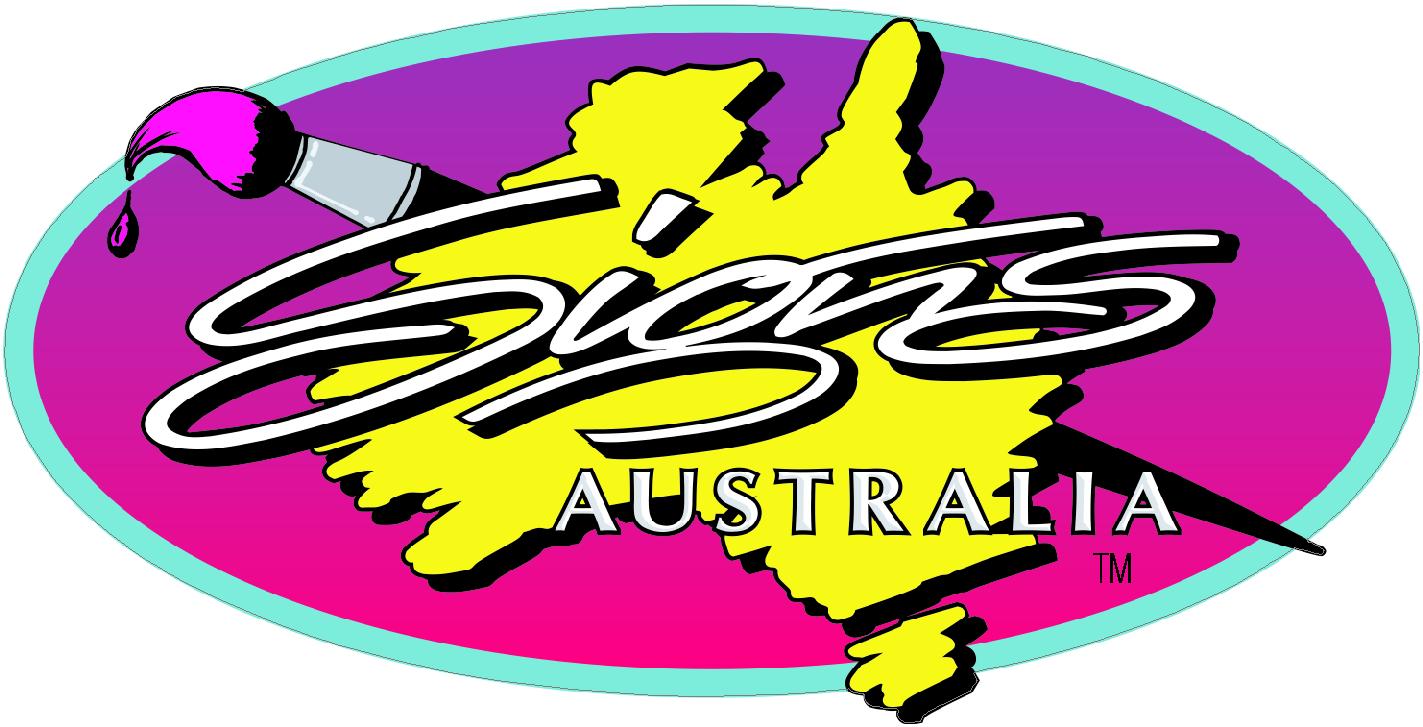A lot of people commission printing jobs without the slightest idea of how the printing is done and what is more ideal for the project. There are various ways to print out number of items you need for your business, but it all depends on what kind you need. There are two different printing styles that are ideal depending on your project. But first, what is the difference between digital printing and offset printing?
Digital Printing
This kind of printing resembles the laser desktop printer you might have at home. The difference would be that digital printing works on large scale and has a more detailed colour monitoring. This kind of printing will provide you tons of printed copies in just a matter of minutes, but your choice of paper quality drops down significantly because of the texture, material, and weight influences.
Digital printing can provide over 1000 sheets with the same quality and colours in every print – you can’t exactly alter the influence of water and ink during the process. This style can provide you black and white, or maybe coloured prints. They don’t use any special kind of ink, it can either be toner based or liquid based. This kind of printing is actually ideal for small projects that only needs 500 sheets and have a short lifespan.
Although it might be more expensive than the other printing method called offset, it’s actually faster since it doesn’t need printing plates – making the turn around time lesser. Most of the designs and the projects are saved in the computer and then printed. If you only plan to print 500 below sheets, this is the most ideal printing method to go. This kind of printing process is available to different materials such as glass, metal, photo paper, paper, marble, and more. Unlike other printing process, this kind of printing does not soak the ink all the way through and only forms a thin layer above – thus a shorter lifespan.
Offset Printing
This kind of method of printing requires a plate whenever you print, but the colours and the quality is much better compared to digital printing. Most of your cost would go to the setup and the producing of plates, making the process longer than digital. However, the image quality is higher than digital and is a better quality if you want a bigger size. This method transfers ink images from a plate to a rubber cylinder or blanket.
The pros of doing offset printing would be the consistent high image quality with crisp details and clean images. It’s because of the rubber blanket that conforms to the texture of the surface. But it’s not as quick compared to digital since it requires to change plates every now and then to resume printing. However, it has a longer printing life – better for those projects that might experience a beating.
Offset printing takes more time – they have to review the files, create the plates, make sure the plates have been approved before starting the print. But unlike digital, you have more freedom in colours since they use Pantone system qualities that lets you get the most accurate colours for your project. It lasts more and has more freedom, but it does take more time. However, it’s ideal for high resolution images and such.

